Launching a boat is an act of faith: you choose a design carefully, build it as well as you can, and maintain it faithfully, but in the end you never know where that boat will go and how the life you’ve given it will play out. So it is, also, with an organized event that gathers boats to sail and row in company. The Small Reach Regatta started off in 2006 as a very casual gathering of small-craft enthusiasts. These boats—representing about half the fleet—are, front to back, OCARINA, a Joel White-designed, stretched Shearwater owned by Jack and Susan Silverio; PUCK, a Harry Bryan-designed lapstrake plank-on-frame pulling boat owned by the late Bob Yorke and his wife Judith; an Oselver faering on loan to Wade Smith; and LITEN KUHLING, Ben Fuller’s Afjordsfaering on loan to Tom Jackson.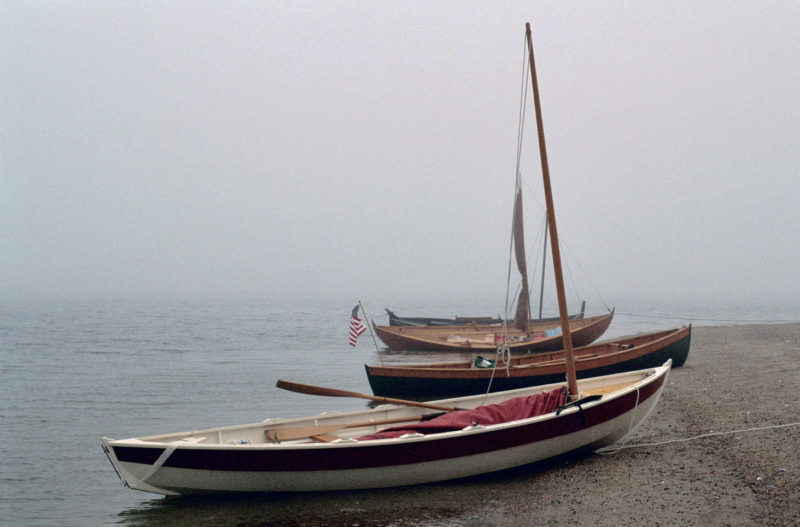 Tom Jackson
Tom Jackson
Join The Conversation
We welcome your comments about this article. If you’d like to include a photo or a video with your comment, please email the file or link.
Comments (8)
Leave a Reply
Stay On Course

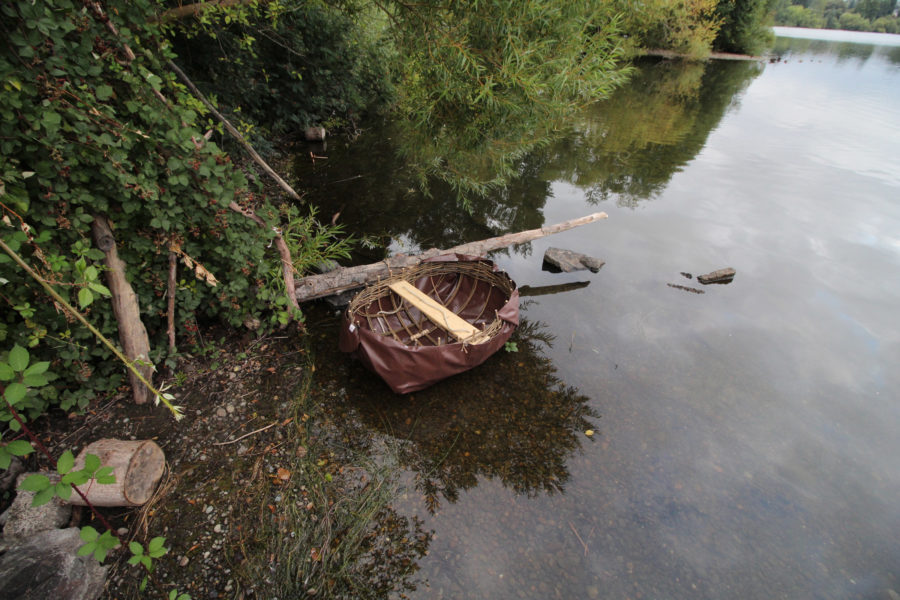
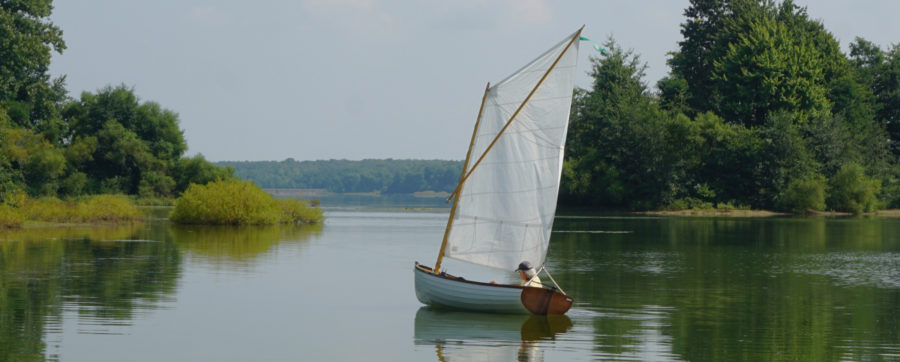
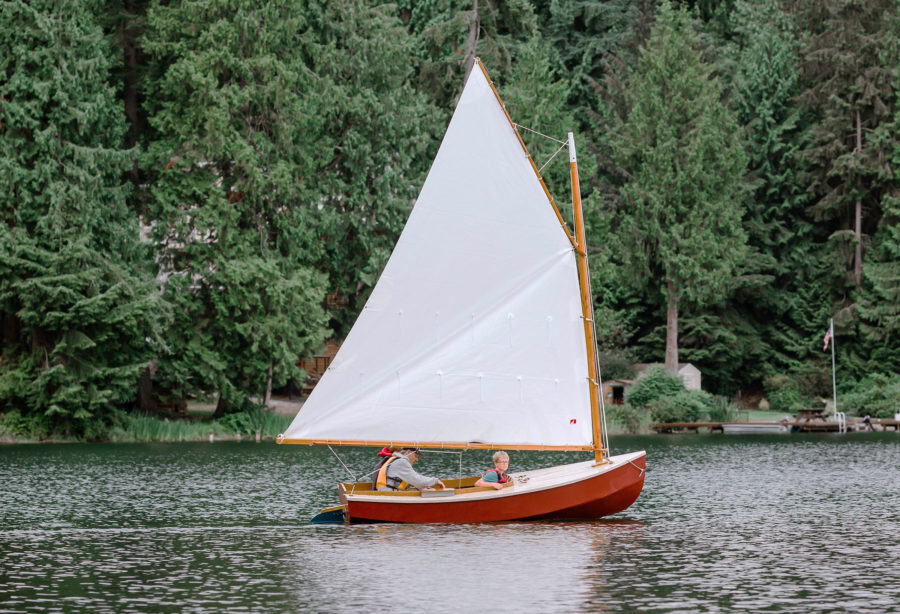
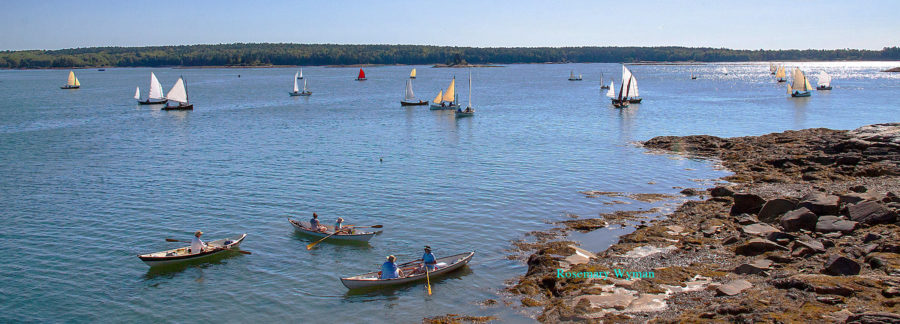
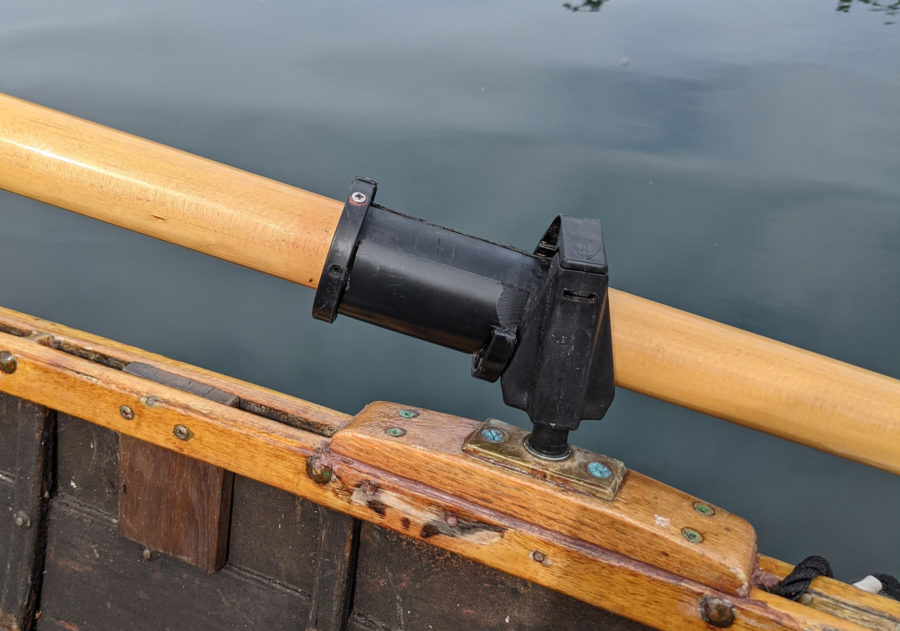
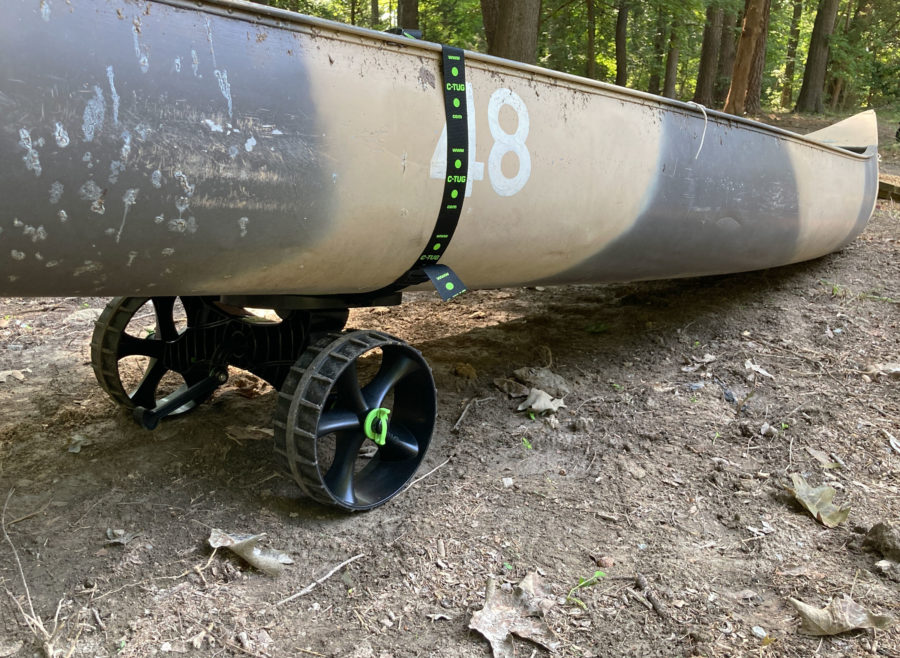
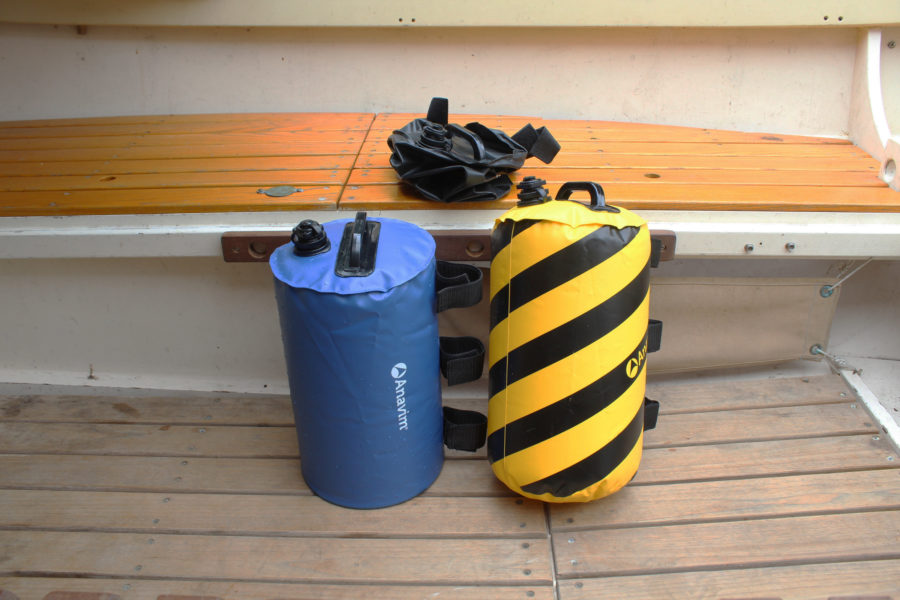
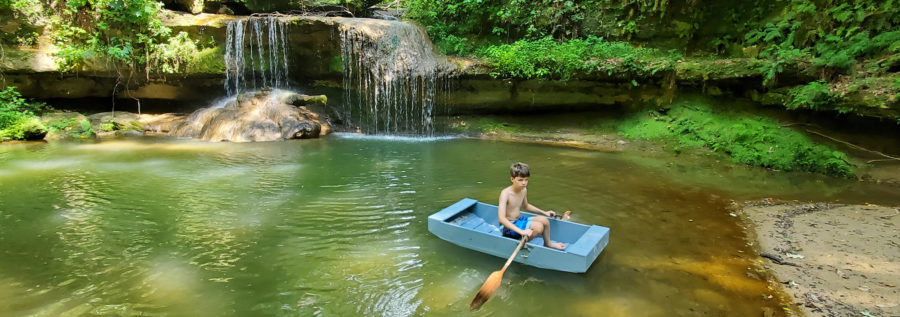
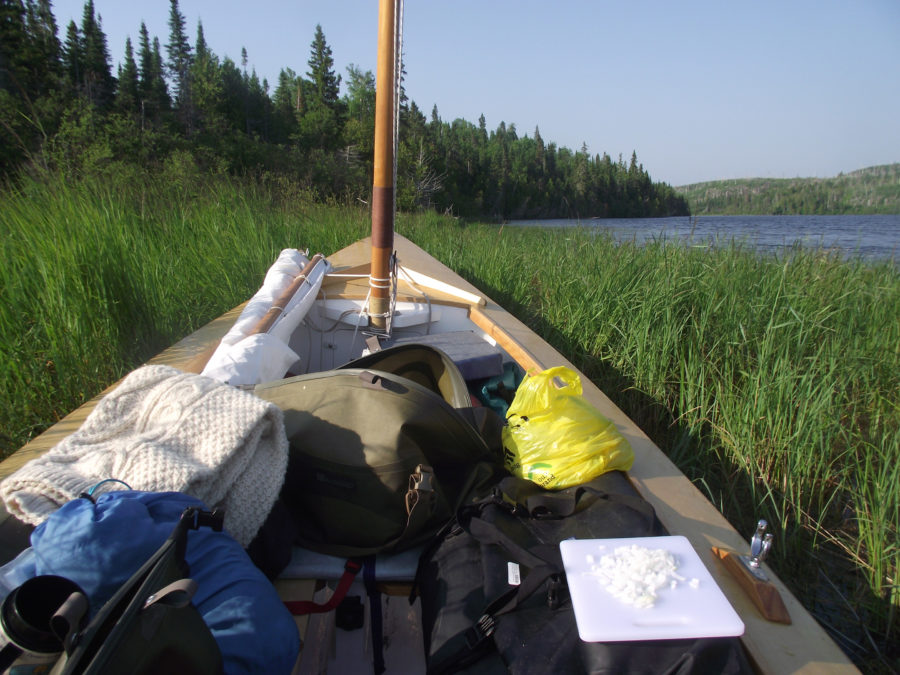
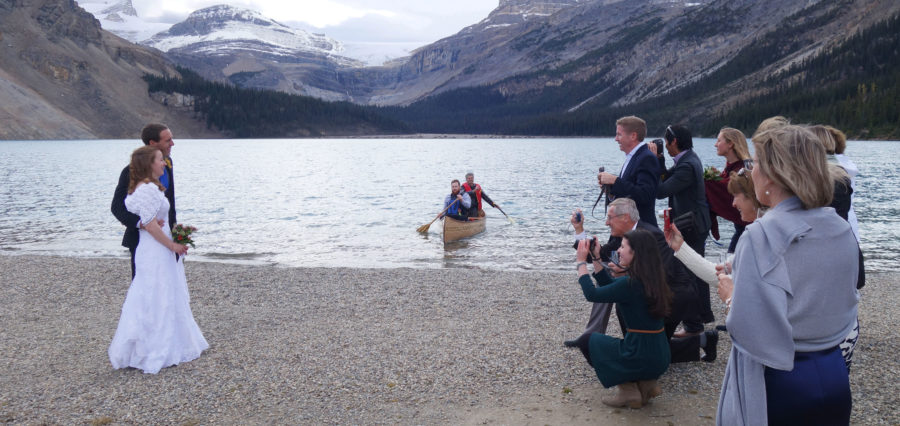
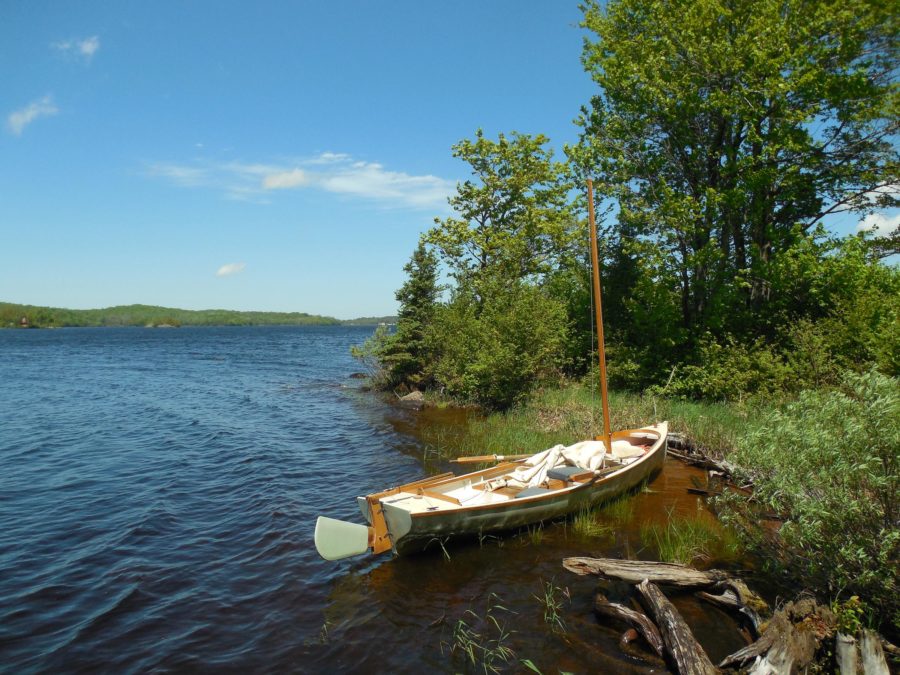
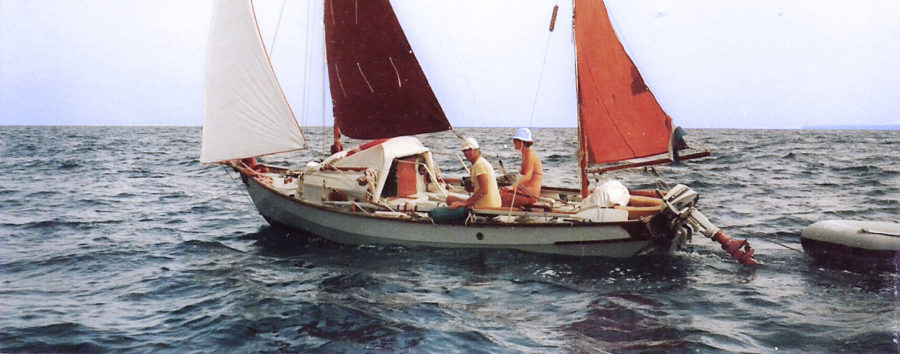
We who have participated in the Small Reach Regatta are grateful to the originators and all of the organizers from the Downeast Chapter of TSCA of this event. It brought out in each of us the ideal opportunity to sail in company with so many like-minded friends. I am glad I got to go more than once.
Hear, hear!
SRR was a summer highlight, right from the first exploratory sail/row. And it became the very best of Amherst (MA) Regional High School Class of ’61 reunions for David Wyman (ME), Denzel Hankinson (MA), the late Steve Brown (ME) and me (WA). The kinda funky chase boat, ERMA, replete with blue carpet and PVC everything else and already of senior age at the start, is yet afloat, a tribute to Denzel’s farmer/mechanic skills and J-B Weld. Thanks for the fine piece of writing, Tom. And thanks to all those Down East TSCA Chapter leaders who stayed the course and to the sailors who returned year after year. I’m regretful that I never had the opportunity to regale my Dad, Karl of Brewer, who Sea-Scout sailed those waters in the ’20s and ’30s.
Thanks very much for that, Peter!
Thank you for providing a very thorough narrative of the evolution of this landmark event. We who are in other parts of the country benefit from this documentation as our local events are growing in popularity. I would like to work toward a way that small-craft cruising enthusiasts can get together with others in small pods to travel in safety and camaraderie while avoiding the logistical effort required for a large fleet event.
What a great experience I missed; I understand that all good things must come to an end.
Thank you for sharing with us your memories.
I didn’t know it was ending. What great memories and great work! Hopefully this spurs me to start something small near me.
Thank you, Tom and crew for your commitments to this great event. I sailed with you in 2007 and 2008 in Moosabec Reach Boat 1 that is now sailing the waters of Lake Springfield in Springfield, Illinois. Sure do miss the Maine coast.
Regards,
Rick